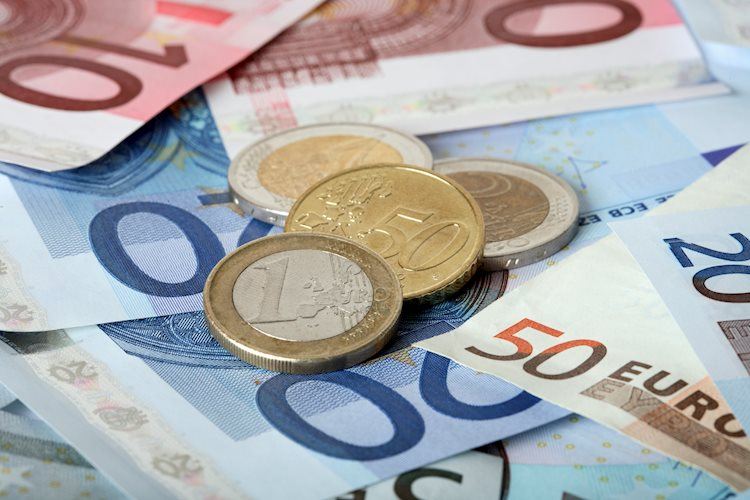The EUR/USD pair has gained 0.50% and reached a two-week high near 1.0770 in the European session on Monday. This surge in the major currency pair is attributed to the exit polls from the first round of France’s parliamentary elections, showing the far-right National Rally (RN) with a smaller lead than projected, which has increased uncertainty and improved the Euro’s appeal. Investors are now looking towards the second-round runoffs on July 7 to determine the outcome.
On the monetary policy front, investors are also awaiting cues on whether the European Central Bank (ECB) will deliver subsequent rate cuts. The ECB recently started reducing interest rates after two years of maintaining a restrictive stance to combat pandemic-led stimulus. The major trigger for the Euro in Monday’s session will be the preliminary German Harmonized Index of Consumer Prices (HICP) data for June, which will provide insights into the Eurozone’s largest economy’s inflation rate.
The US Dollar has seen a decline as the core Personal Consumption Expenditures Price Index (PCE) data for May showed a deceleration in inflation, leading to expectations of early rate cuts by the Federal Reserve (Fed). The probability for rate cuts in September is currently at 63.4%, with expectations of two rate cuts this year. This week, the US Dollar is expected to remain volatile as various economic data releases are lined up, with a focus on the ISM Manufacturing Purchasing Managers’ Index (PMI) report for June.
In terms of technical analysis, the EUR/USD pair remains inside a Symmetrical Triangle formation, showing a rebound after finding buying interest near the upward-sloping border of the pattern. The pair is below the 200-day Exponential Moving Average (EMA), suggesting a bearish trend. The 14-period Relative Strength Index (RSI) indicates indecisiveness among market participants.
On the economic indicator front, the Consumer Price Index (CPI) ex Food & Energy (YoY) is a key measure of inflationary or deflationary tendencies, with the exclusion of volatile components providing a more accurate measurement of price pressures. A high reading is bullish for the US Dollar, while a low reading is seen as bearish. This data is compiled monthly by the US Department of Labor Statistics and influences market sentiment towards the USD.











